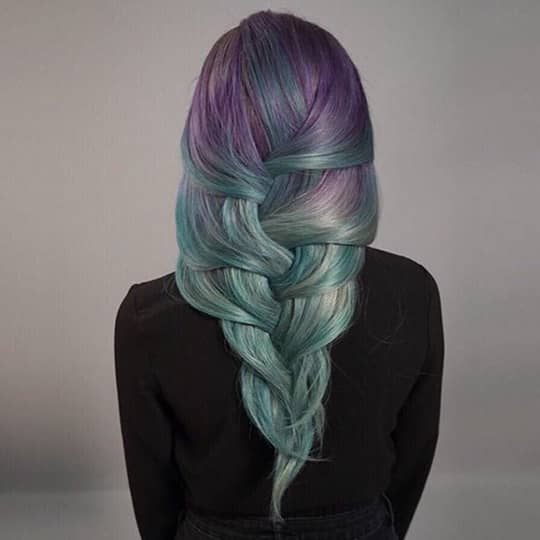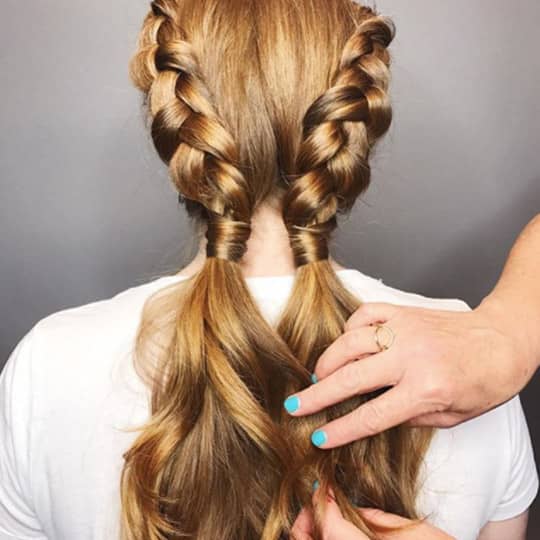Braiding hair is an art, a tradition, and a fashion statement. From the intricate cornrows that tell stories of African ancestry to the trendy waterfall braids adorning the heads of Hollywood celebrities, braided hairstyles have a rich history and a wide array of styles to suit everyone. Whether you're a beginner looking for simple styles or a seasoned braider seeking complex designs, this guide will walk you through the basics of braiding hair and provide some tips to make the process smoother.
The Basics of Braiding
Braiding involves interweaving three or more strands of hair to create a variety of patterns. The most common types of braids are the three-strand braid, the French braid, and the Dutch braid.

A three-strand braid, the simplest form of braid, involves dividing the hair into three sections and alternately crossing each side section over the middle one.

The French braid starts with a small section at the crown, gradually incorporating more hair from the sides as you move down.

The Dutch braid uses a similar technique, but the side sections are crossed under the middle one, creating a raised braid.
Tools You'll Need

While braiding can be done with just your hands, some tools can make the process easier and the result more polished. A wide-toothed comb helps to detangle hair and create neat sections. Hair elastics or bobby pins are used to secure the ends of the braid. Hair clips can keep the rest of your hair out of the way while you’re braiding. For styling, a tail comb can be handy for creating precise parts, and a smoothing brush can help tame flyaways.
Preparing Your Hair
Before you start braiding, it’s crucial to prepare your hair properly. Clean, detangled hair is the best canvas for braiding. A little bit of product, like a light oil or a leave-in conditioner, can give your hair the right amount of slip and hold. If your hair is very soft and silky, a texturizing spray can add some grip and make braiding easier.
Steps to a Simple Three-Strand Braid
- Divide your hair into three even sections.
- Take the right section, cross it over the middle section. (The right section now becomes the middle section.)
- Now, take the left section and cross it over the new middle section.
- Continue this process, alternating sides until you reach the end of your hair.
- Secure the end with a hair elastic.
Tips for Better Braids
Here are a few tips to help you achieve better braids:
- Patience is key: Especially for complex braids, take your time to ensure each section is smooth and well-defined.
- Practice makes perfect: Your first few braids might not look perfect, and that's okay. Keep practicing.
- Use mirrors: Use a two-mirror setup to see all angles of your head.
- Braid on damp hair: Slightly damp hair is easier to manipulate and less likely to result in flyaways.
Braiding for Hair Health
Braids are more than just a stylish way to manage your hair; they also serve as a protective style that can help maintain hair health. They reduce the amount of daily handling your hair undergoes, thus preventing breakage. However, it's important not to braid your hair too tight as it can cause tension on the scalp leading to hair damage.
Conclusion
Braiding hair isn't just about looking good; it's a celebration of culture, a protective measure for hair health, and a creative expression of style. So whether you're braiding for the first time or the hundredth, remember to enjoy the process and let your personality shine through your braids!

